Winged Elm Tree Care: Tips For Growing Winged Elm Trees
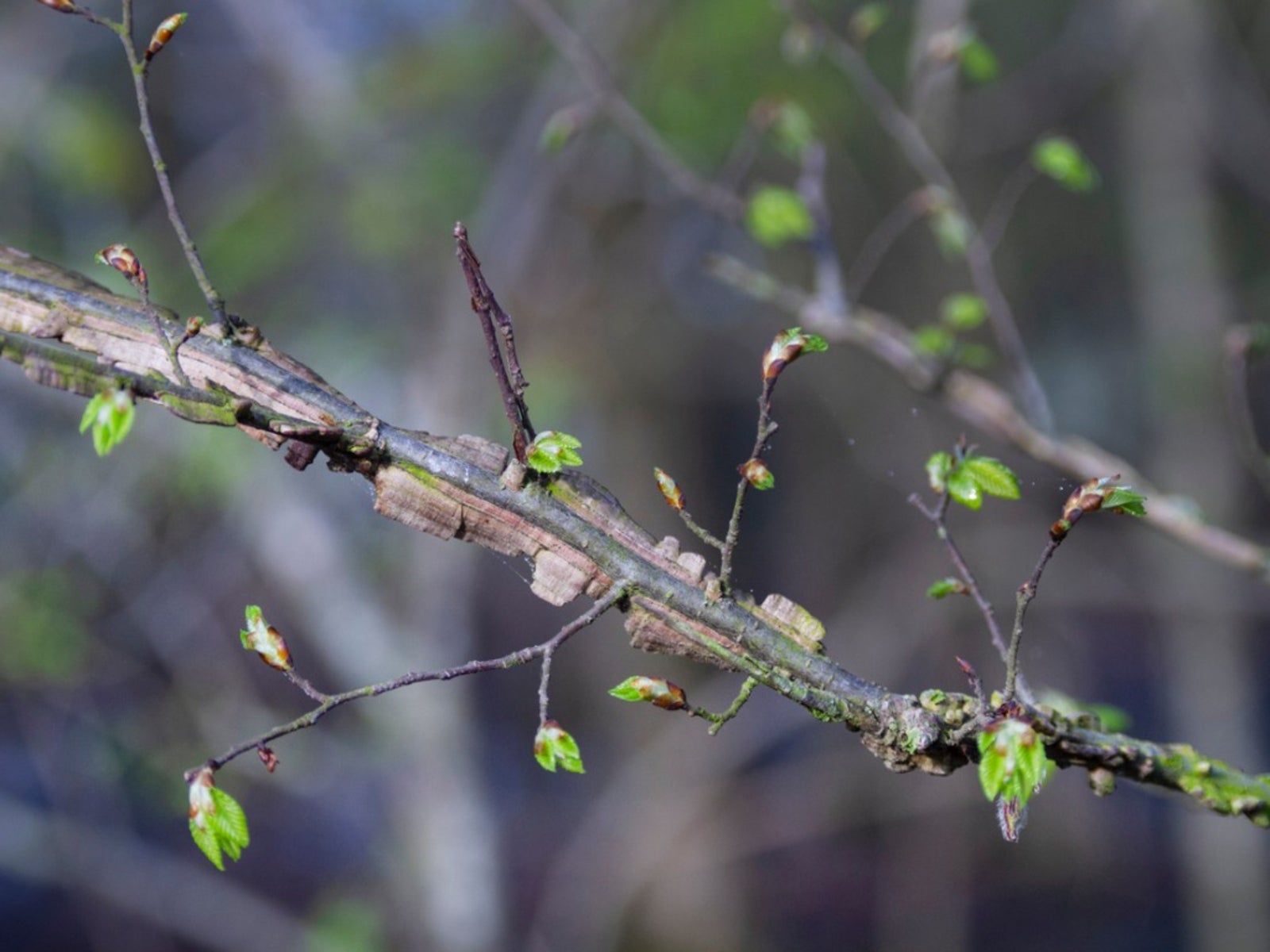

The winged elm (Ulmus alata), a deciduous tree native to the southern woodlands of the United States, grows in both wet areas and dry, making it a very adaptable tree for cultivation. Also known as the corked elm or Wahoo elm, the tree is often used as a shade tree or street tree. Read on for information about growing winged elm trees.
Winged Elm Tree Information
The winged elm gets its name from the very broad, warty growths, thin and wing-like, that grow along its branches. The “wings” are irregular and sometimes look more like knots than wings. The tree is a small one, usually growing to a height of 40 to 60 feet (12 to 18 m.) tall. Its branches form a vase shape with an open, rounded crown. The leaves of the winged elm are small and oval, a dark green color with paler, hairy undersides. If you start growing winged elm trees, you’ll find that they provide a fall display by turning a bright yellow at summer’s end. Flowers are brown or burgundy and appear before the leaves in March or April. They produce the fruit, a very short orange samara that disperses by the end of April.
Growing Winged Elm Trees
Winged elm tree information suggests that the trees are not difficult to grow and require little care in U.S. Department of Agriculture plant hardiness zones 6 through 9. The winged elm is the least shade tolerant of the North American elms, but you can plant it either in sun or partial shade. It adapts to almost any type of soil and has a high drought tolerance. In fact, winged elm tree care largely involves selecting an appropriate planting site and pruning the tree when it is young to form its structure. Winged elm tree care includes pruning, early and often, to eliminate multiple trunks and narrow-crotched branches. Your goal is to produce one central trunk with lateral branches spaced along the trunk.
Uses for Winged Elm Trees
There are many garden uses for winged elm trees. Because winged elm tree care is so minimal, the tree is often grown in parking lot islands, medium strips, and along residential streets. Growing winged elm trees in the city is very possible, as the trees tolerate air pollution, poor drainage and compacted soil. The commercial uses for winged elm trees include using the wood for flooring, boxes, crates, and furniture. The wood is flexible and thus particularly useful for rocking chairs or furniture with curved pieces. Winged elm is also used for hockey sticks, due to its resistance to splitting.
Gardening tips, videos, info and more delivered right to your inbox!
Sign up for the Gardening Know How newsletter today and receive a free copy of our e-book "How to Grow Delicious Tomatoes".

Teo Spengler is a master gardener and a docent at the San Francisco Botanical Garden, where she hosts public tours. She has studied horticulture and written about nature, trees, plants, and gardening for more than two decades. Her extended family includes some 30 houseplants and hundreds of outdoor plants, including 250 trees, which are her main passion. Spengler currently splits her life between San Francisco and the French Basque Country, though she was raised in Alaska, giving her experience of gardening in a range of climates.
-
 Types Of Tomatoes Explained: Explore The Many Wonderful Shapes, Colors, Flavors, & Best Uses
Types Of Tomatoes Explained: Explore The Many Wonderful Shapes, Colors, Flavors, & Best UsesThe world of tomato varieties is vast and fascinating. Learn about the key types to grow in your garden, tailored to your preferences and space.
By Amy Grant
-
 Try The Trend – Turn Any Bed Into A Keyhole Garden With This Clever In-Ground Composter
Try The Trend – Turn Any Bed Into A Keyhole Garden With This Clever In-Ground ComposterKeyhole gardening is an efficient and sustainable practice that saves space. Get started on this DIY project quickly and easily with an in-ground composter.
By Bonnie L. Grant
-
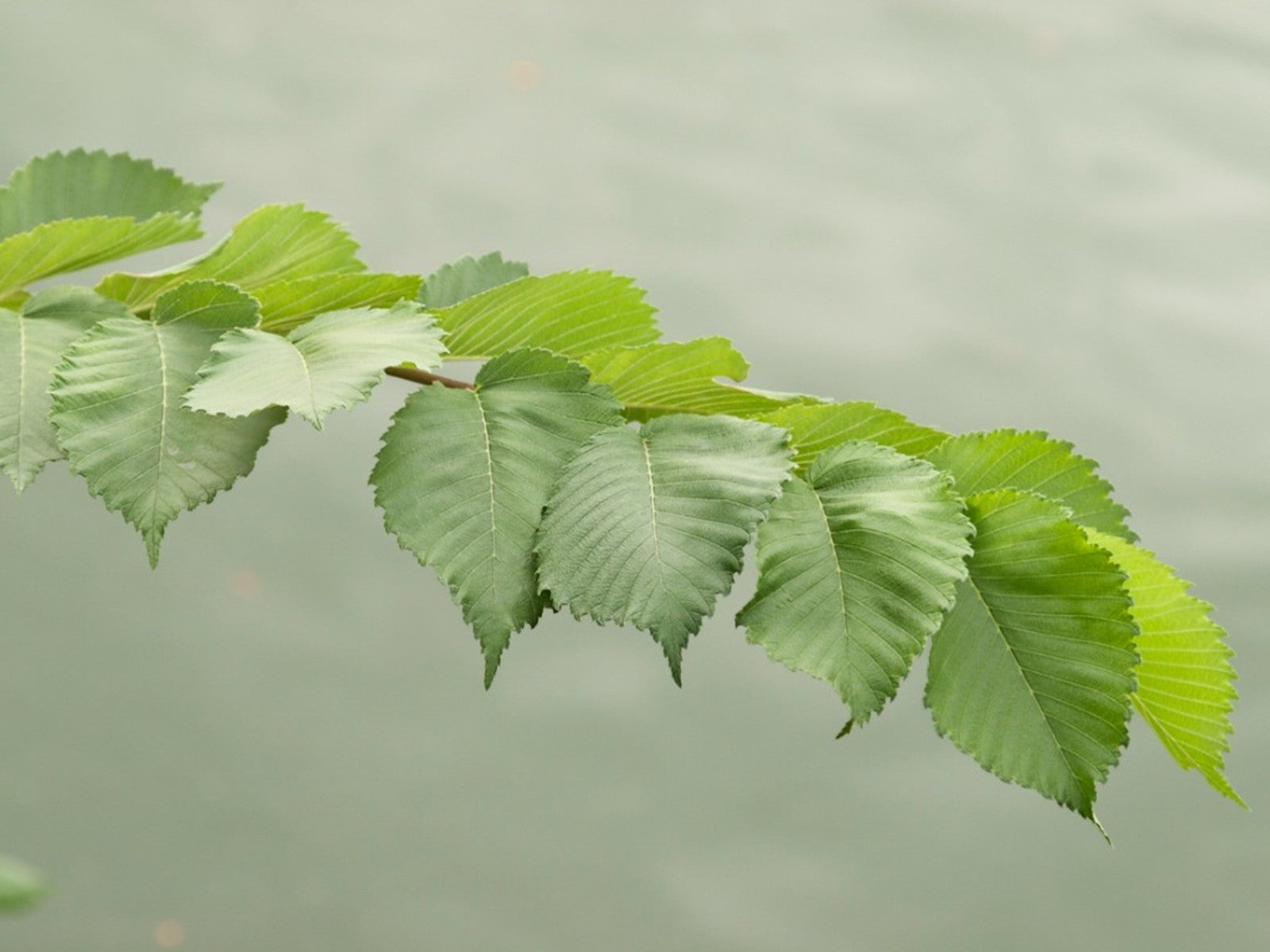 What Is An American Elm Tree - American Elm Facts
What Is An American Elm Tree - American Elm FactsThe beautiful American elm tree is probably not the best choice for your landscape. This lovely deciduous tree is sadly vulnerable to Dutch elm disease, and is not recommended by experts.
By Teo Spengler
-
 Rock Elm Tree Identification – What Does A Rock Elm Tree Look Like
Rock Elm Tree Identification – What Does A Rock Elm Tree Look LikeThe rock elm is one of the six elm trees native to the United States. Click here to learn more about the rock elm tree.
By Laura Miller
-
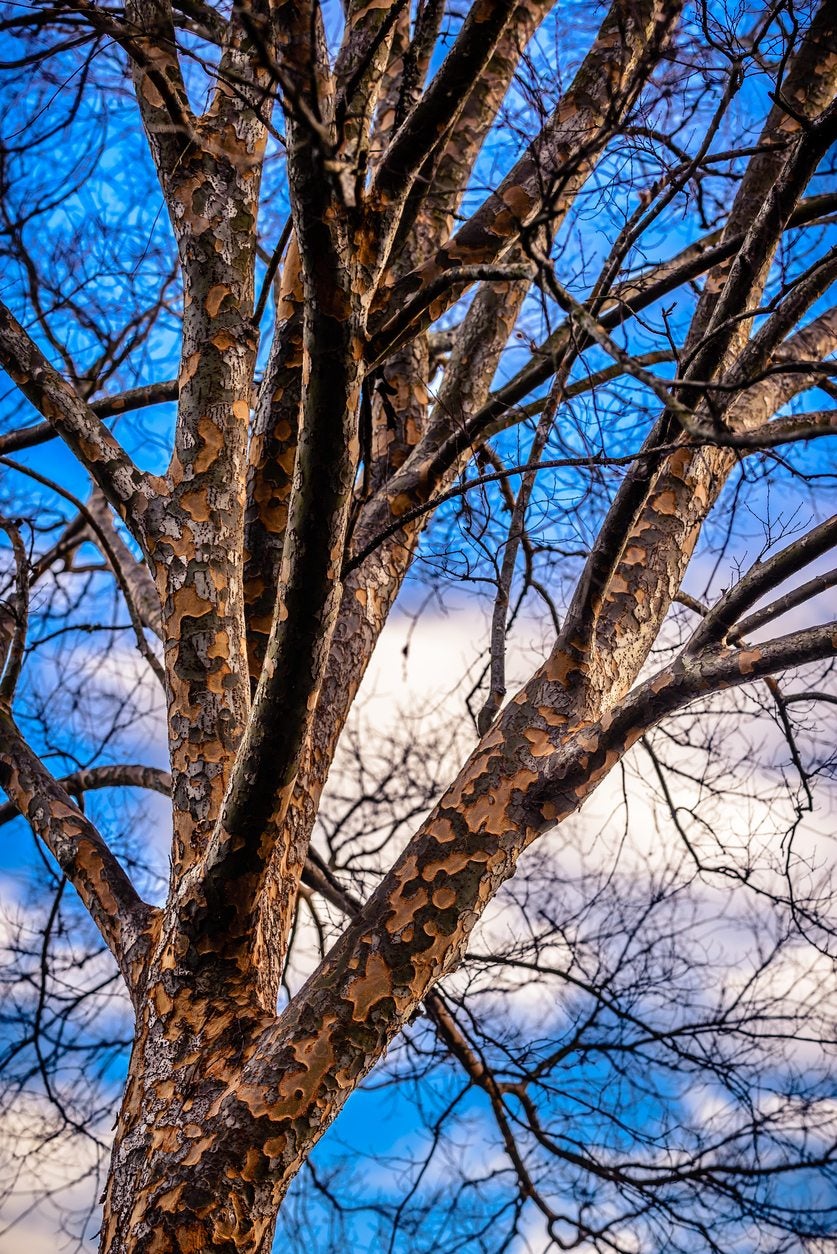 Lacebark Elm Information – Care Of Chinese Lacebark Elm In Gardens
Lacebark Elm Information – Care Of Chinese Lacebark Elm In GardensAlthough lacebark elm is native to Asia, it was introduced to the United States in 1794. Since that time, it has become a popular landscape tree, suitable for growing in USDA hardiness zones 5 through 9. Find more lacebark elm information here.
By Mary H. Dyer
-
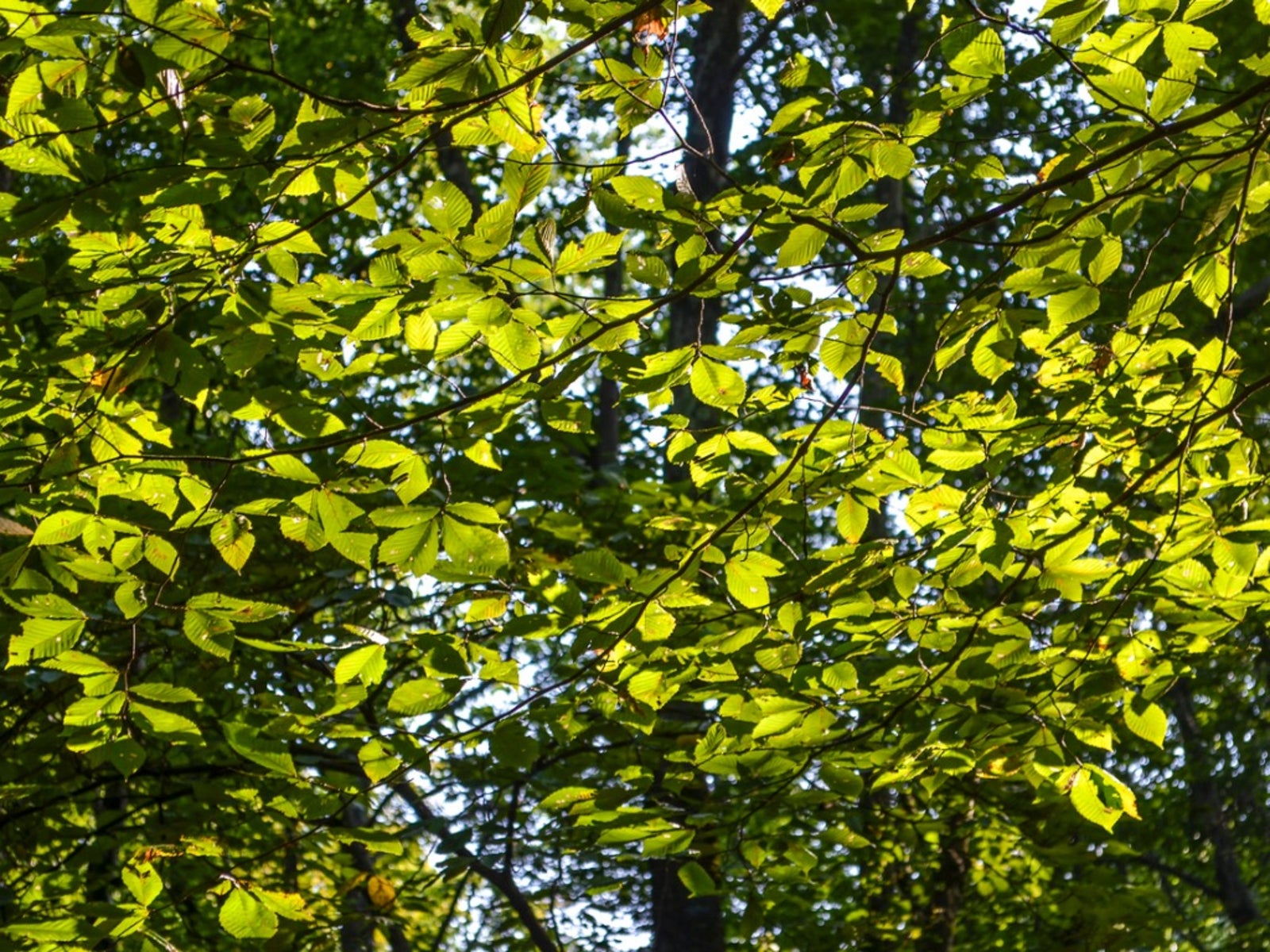 Slippery Elm Information: Tips On Using And Growing Slippery Elm Trees
Slippery Elm Information: Tips On Using And Growing Slippery Elm TreesSlippery elm bark contains a substance that becomes slick and slippery when mixed with water, hence the name. The tree has been used in herbal medicine in this country for centuries. For more information about slippery elm herb uses, click this article.
By Teo Spengler
-
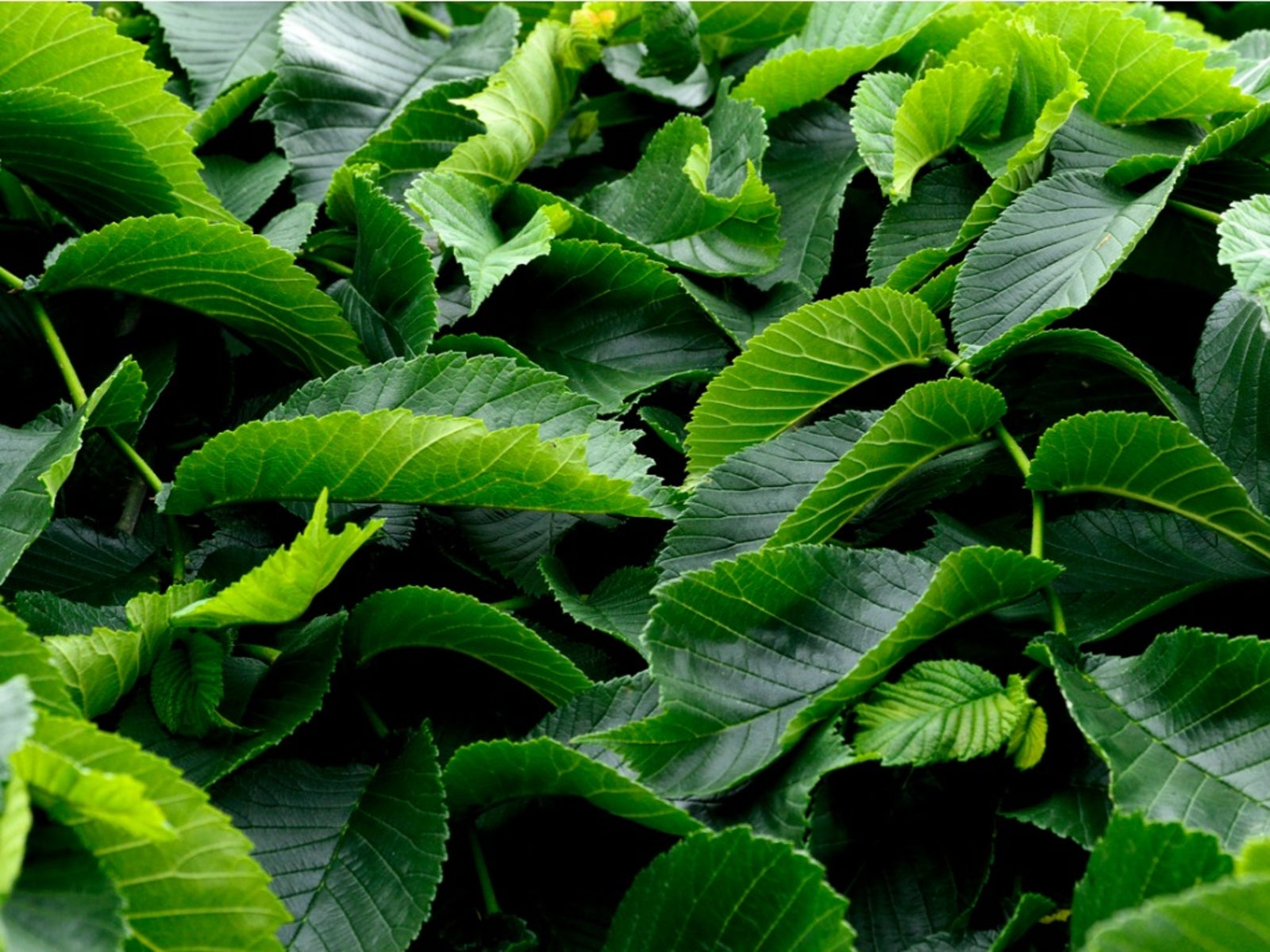 What Is A Camperdown Elm Tree: Camperdown Elm History And Information
What Is A Camperdown Elm Tree: Camperdown Elm History And InformationIf you are familiar with Camperdown elm, you are surely a fan of this lovely tree. If not, you may ask: "What is a Camperdown elm tree?". In either case, click this article for more information, including Camperdown elm history.
By Teo Spengler
-
 Japanese Elm Tree Care: How To Grow A Japanese Elm Tree
Japanese Elm Tree Care: How To Grow A Japanese Elm TreeBecause of Dutch Elm disease, many people opt for Japanese elm trees instead, which are hardier and equally attractive. This article provides Japanese elm tree facts, including information about how to grow a Japanese elm tree.
By Teo Spengler
-
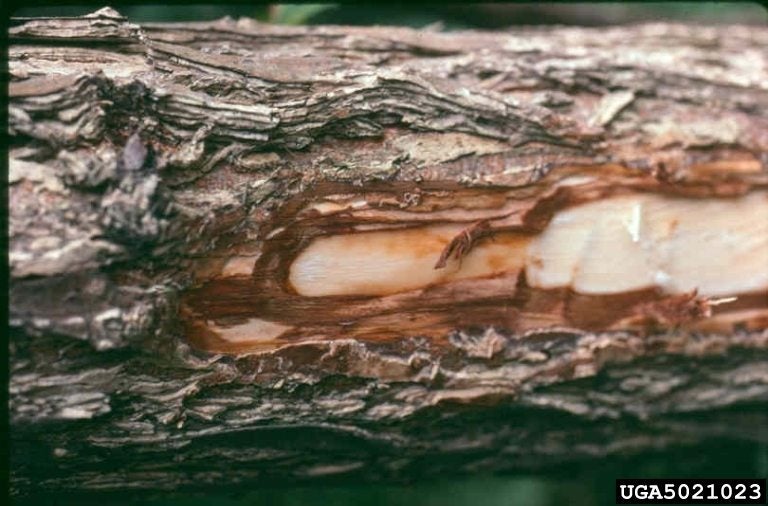 Elm Phloem Necrosis – Methods Of Elm Yellows Treatment
Elm Phloem Necrosis – Methods Of Elm Yellows TreatmentElm yellows is a disease that attacks and kills native elms. The disease is systemic and lethal. Learn about the symptoms of elm yellow disease and whether there is any effective elm yellows treatment in this article. Click here for more info.
By Teo Spengler
-
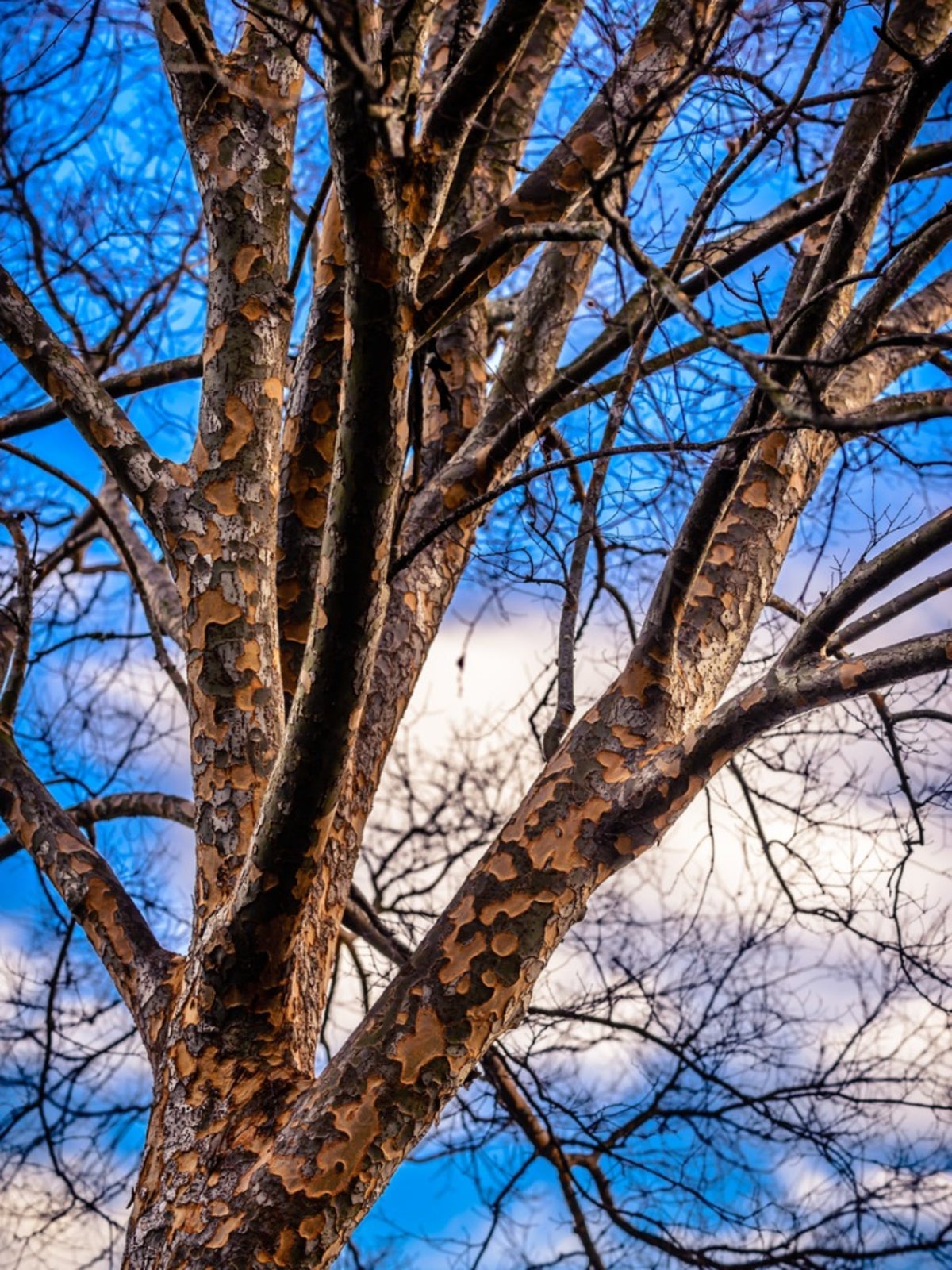 Drake Elm Tree Growing: Tips On Caring For Drake Elm Trees
Drake Elm Tree Growing: Tips On Caring For Drake Elm TreesThe drake elm (also called Chinese elm or lacebark elm) is a quick-growing elm tree that naturally develops a dense, rounded, umbrella-shaped canopy. For more drake elm tree information and details on caring for drake elm trees, click this article.
By Teo Spengler